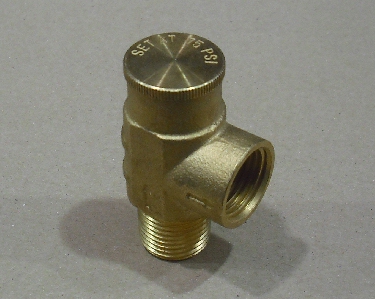High water pressure. PRV. Pressure Relieve Valve. Pressure reducing valve. Pressure regulating valve.
In an earlier article we discussed
low water pressure issues but the opposite, high water pressure, can be a problem as well. The good news about high water pressure is that it is a lot easier and cheaper to fix than low water pressure. Water pressure is measured in psi (pound [force] per square inch)
TELL-TALE SIGNS OF HIGH WATER PRESSURE
There are some tell-tale warning signs of high water pressure that you should be aware of.
- There is a real burst of water when you turn on the water at any faucet in the house.
- Water hammer when you turn off a faucet, or when the dishwasher or washing machine stops using water.
Water hammer can damage soldered joints and cause leaks.
- The plumbing throughout the house seems to be noisy.
- Higher than normal water bills because,
- toilets keep running, dishwasher start filling when not in use, faucets seem to be dripping "forever"
- premature wear of faucets and appliances.
WARNING
Take immediate steps to reduce high water pressure when the PRV (Pressure Relief Valve) on the water heater is leaking. |
 Pressure relief valve for jet and submersible well pump systems
Pressure relief valve for jet and submersible well pump systems
pre-set at 75 psi |